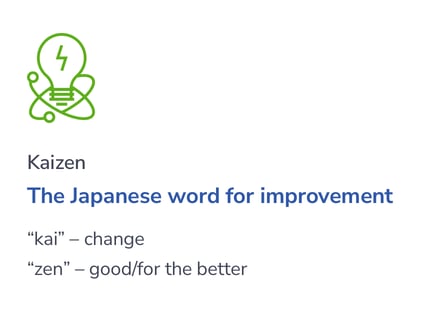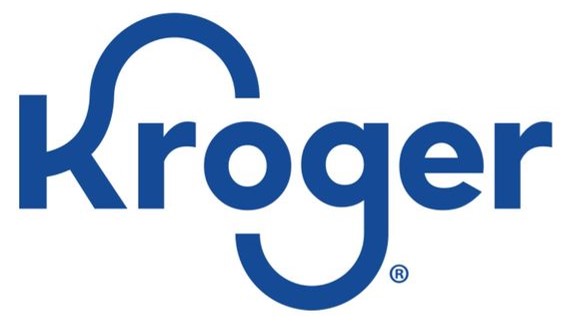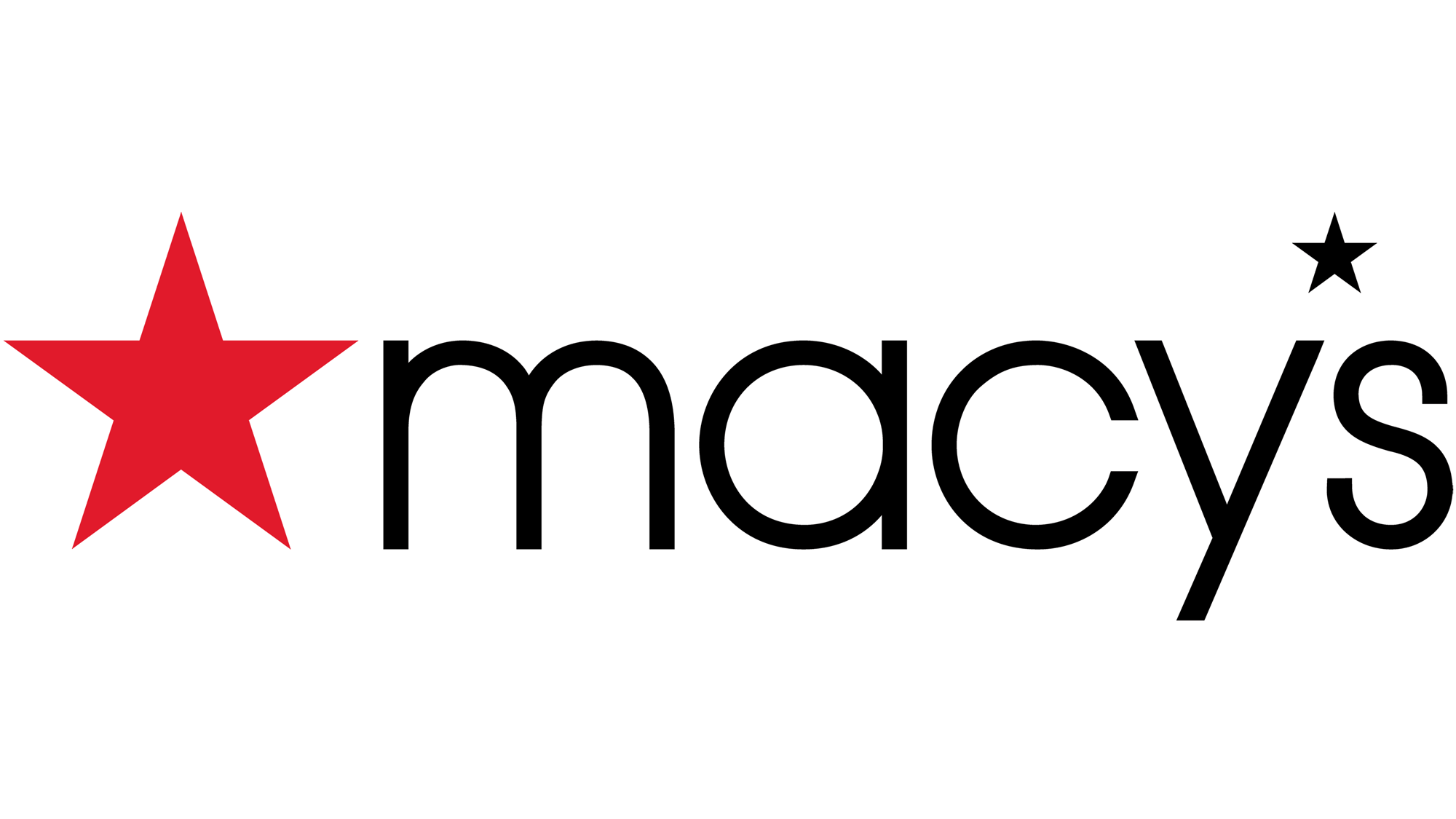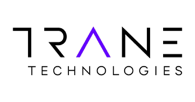By freeing up time to focus on strategy, we helped Toyota:
The data harvested from transportation invoices has high value in spend analysis. Outsourcing freight audit and payment processing to Cass has allowed Toyota’s North American Parts Operations (NAPO) to tap into these data assets and take a more strategic role.
Since establishing operations in North America in 1957, Toyota Motor Corporation’s (NYSE:TM) presence in North America has exploded. With 14 manufacturing plants and 41,000 employees, Toyota’s investment in North America is today valued at more than $23bn.
It takes an enormous infrastructure to support a business of this size. One component of this infrastructure is NAPO, which manages the distribution network for Toyota, Lexus, and Scion genuine parts and accessories. The subsidiary operates 17 distribution centers: two large warehouses in California and Kentucky as well as smaller parts centers throughout the United States, Mexico, and Puerto Rico. NAPO manages parts shipments coming into these part centers from suppliers, as well as the distribution to its network of dealers, port locations, remanufacturers, and foreign and private distributors.
In 2007, Toyota’s NAPO unit began using Cass Information Systems’ business processing outsourcing (BPO) services to help manage logistical expenses. Cass provided freight invoice management, auditing and related business intelligence services.
The transition of invoice processing to Cass occurred two phases. The first phase focused on Toyota’s less-than-truckload (LTL) shipments. After this phase was successfully implemented, Toyota moved to Phase 2: the management of invoices for additional modes.
One authoritative source of BI
95% carrier through-put
Optimized freight invoice processing
Automated auditing
Loren Brewster
Logistics Systems and Finance Manager
One of the challenges Cass and Toyota tackled in Phase 2 was the complicated nature of truckload invoices. Toyota uses dedicated carriers with set routes involving multiple stops. Each carrier makes “milk run” pick-ups and deliveries and each stop must be accounted for.
A second challenge was that one carrier’s international and domestic business had to be split for billing purposes for both paper and Electronic Data Interchange (EDI).
In all, NAPO’s routes are handled by 35 different carriers, and each carrier has different contract terms, rates, invoice formats and processes. With some carriers, for example, rates vary depending on day of the week. Additionally, some suppliers ship parts to both Toyota NAPO and new car manufacturing plants within Toyota Motor Engineering & Manufacturing North America (TEMA). Processes had to ensure that each business unit was invoiced separately.
To convert invoice management to Cass, both Cass and Toyota agreed that in most cases the best audit results would be possible if paper invoices were replaced by EDI. With EDI, invoice data can be efficiently processed using rules-based auditing logic to analyze each charge.
Auditing complex terms and rate structures
Standardized data management
BI for Kaizen projects
Greater data centralization
One of the key deliverables from outsourcing freight payment to Cass is business intelligence. For Toyota, vast amounts of previously inaccessible data (by supplier, geography, shipments, etc.) became available. As well as access to this data it is now standardized in a single location. By flowing expense management through Cass, Toyota can rely upon one authoritative source of data.
Toyota is renowned for its development and use of the kaizen method of continuous process improvement. Using Kaizen, Toyota can improve waste elimination, innovation, or develop new standards. But like any continuous improvement methodology, Kaizen is only as effective as the data you use. Data needs to be analyzed and key performance indicators must be visibly quantified through reliable metrics.
Toyota had long been managing its freight carriers using a “balanced scorecard” approach, but little input from its freight payment process factored into this assessment. NAPO now has a centralized repository of normalized expense data across suppliers, routes, and contract terms. With the establishment of this centralized data warehouse, NAPO management is now able to analyze data and drive new process improvements.

Loren Brewster
Logistics Systems and Finance Manager
With a newfound wealth of cost data enables the launch of an important Kaizen project with one of Toyota’s carriers to achieve greater throughput.
From a benchmark of 8%, data analysis and experimentation with process improvements increased the carrier’s successful through-put to over 95%.
Cass provided expertise to help Toyota interpret data points, identify key issues, and suggest remedies to issues that thwarted high through-put. Success drove further enthusiasm, and the NAPO team remains highly motivated to keep going. With more data to analyze, they intend to replicate the success of this Kaizen project by working with other carriers while developing new process improvement projects.
“This project would have been impossible without Cass’s systems and methodologies. Their process generates a lot of valuable data, without which this project wouldn’t have been feasible.”
Loren Brewster
Logistics Systems and Finance Manager
At Toyota, freight invoice management has been mostly decentralized. As a result, carriers need to be well acquainted with Toyota’s complex organization and adopt its nuances into their own processes.
It’s not a simple matter for carriers to submit an invoice – especially if they do business with multiple groups within Toyota. NAPO gained more insight on this issue when the Cass system was deployed thanks to new visibility into exception reporting. Cass would often receive (and reject) invoices that belong to Toyota but were not Toyota NAPO’s responsibility to pay.
Due to the NAPO team’s success in deploying automation and making process improvements, Toyota has decided that it makes better business sense to centralize more invoice processing and take advantage of this group’s expertise. Now responsibility for freight payment from other Toyota departments is beginning to move to Brewster’s team. And thanks to automation, the increased workload is hardly an issue.
The Toyota NAPO team now finds itself playing a more strategic role. For example, after scrutinizing the data, the team might adjust a data screening procedure, then measure the result, and so on, until they achieve better results.
Now that they’ve been able to leverage the business intelligence derived from highly automated invoice processing, Brewster has high confidence in the data, and is already looking forward to what else he and his team can accomplish.
“We trust the Cass system to manage the bulk of the invoices, and we now need only to look at exceptions. At the same time, our workload has increased on the side of data analysis and process improvements – both on the Cass side and the carrier side."








Let us show you how we can turn your freight audit and payment process into an asset, one that provides control and opportunity rather than a drain on resources.
© Copyright 2023 Cass Information Systems, Inc.